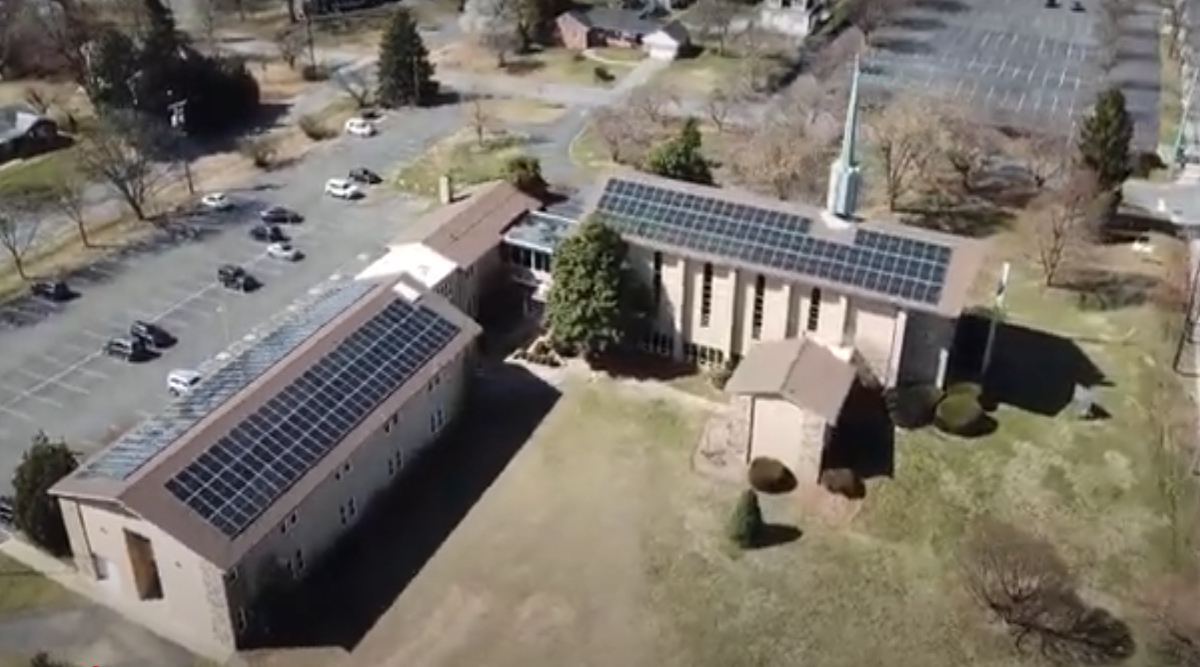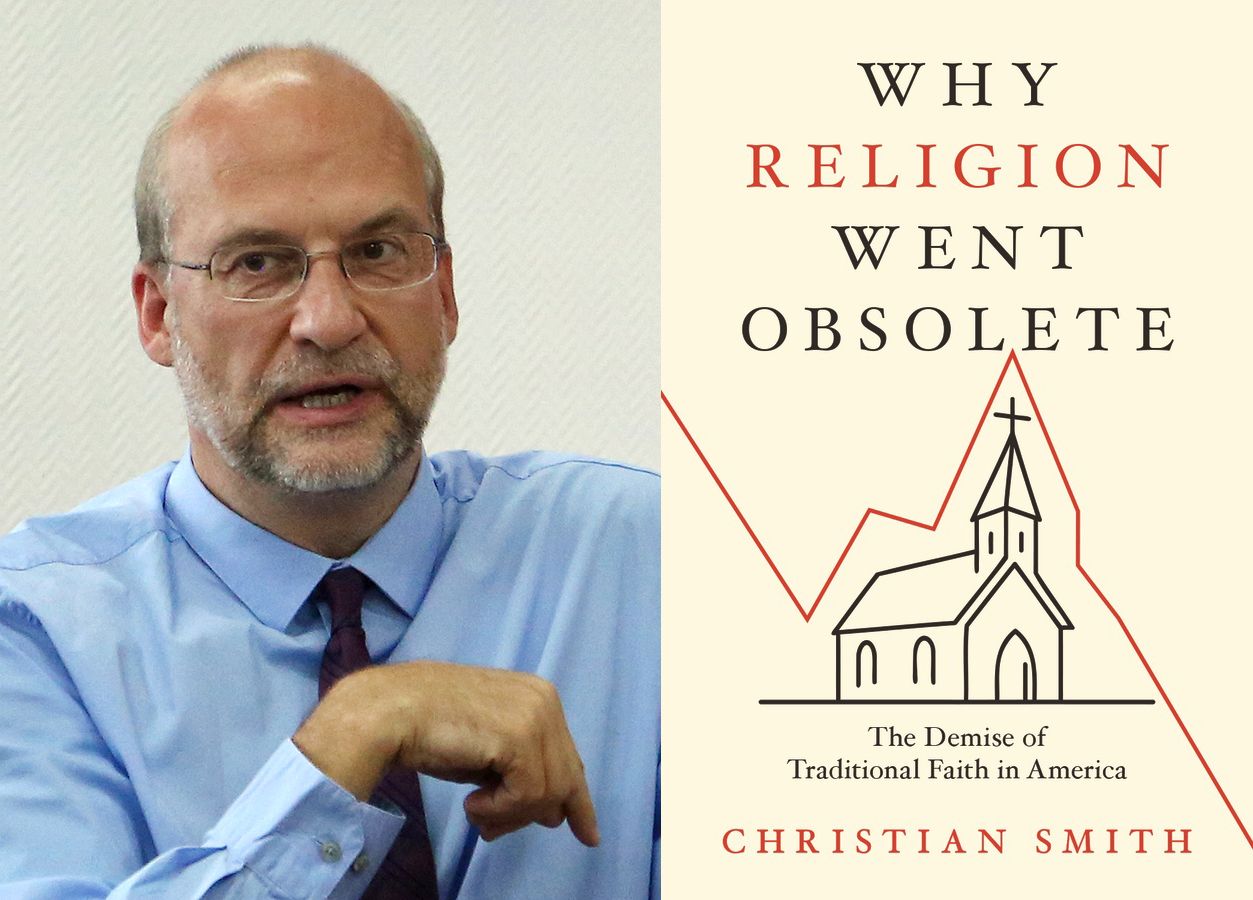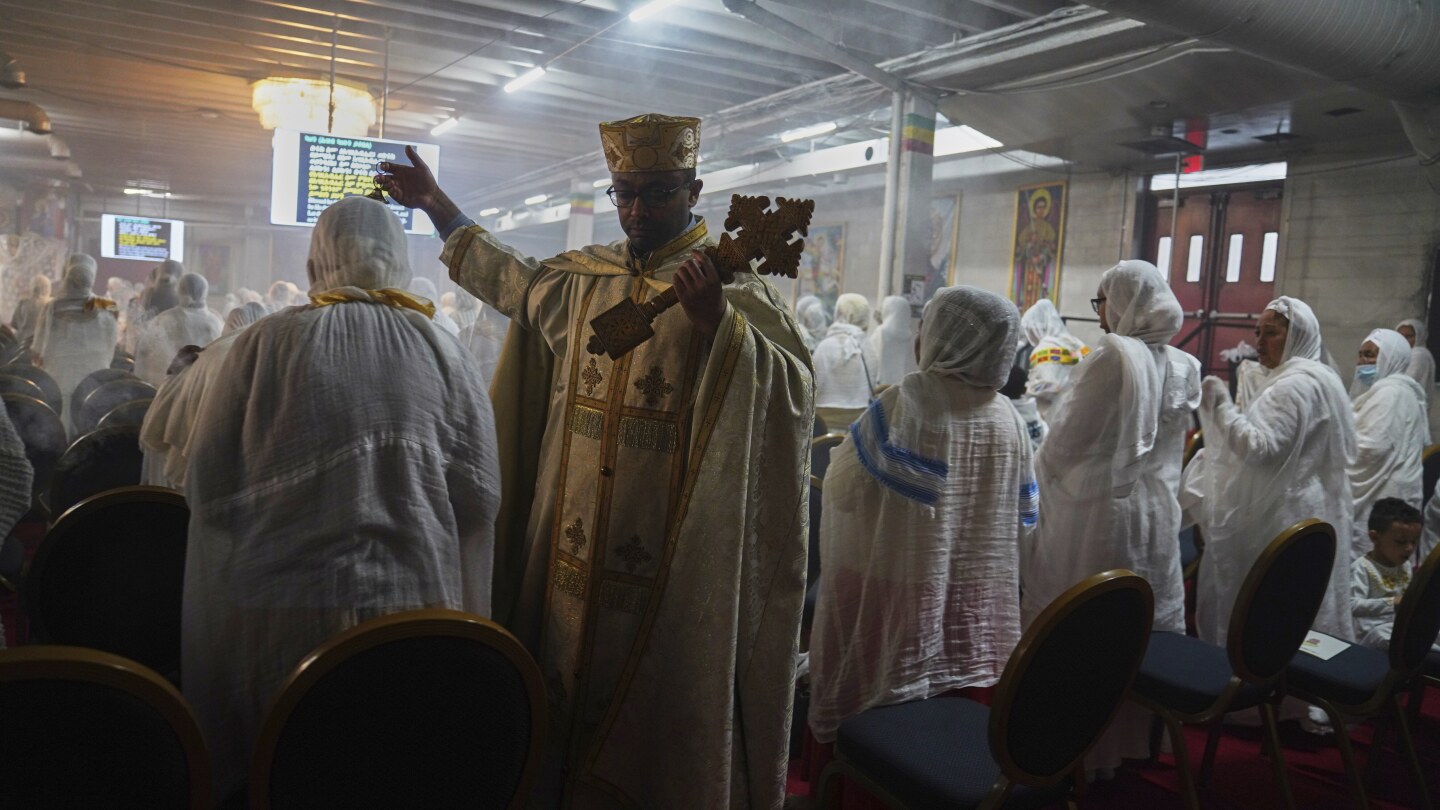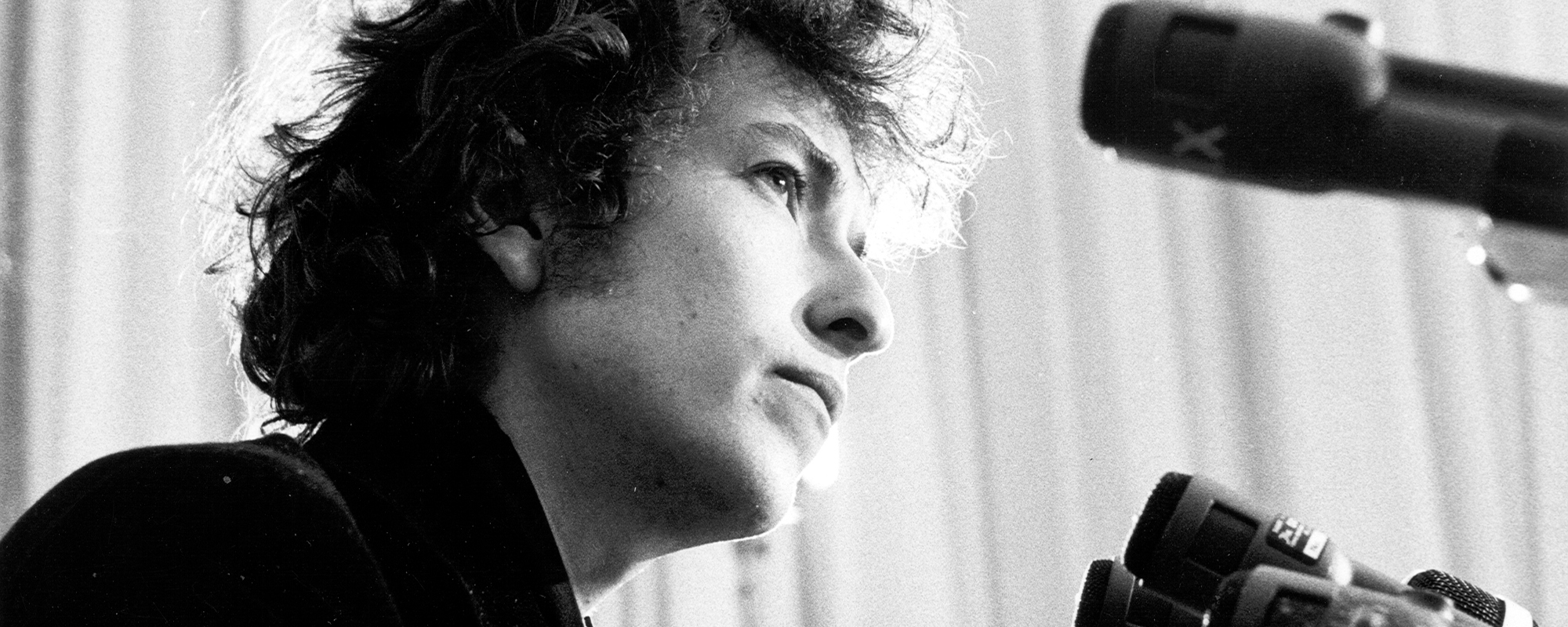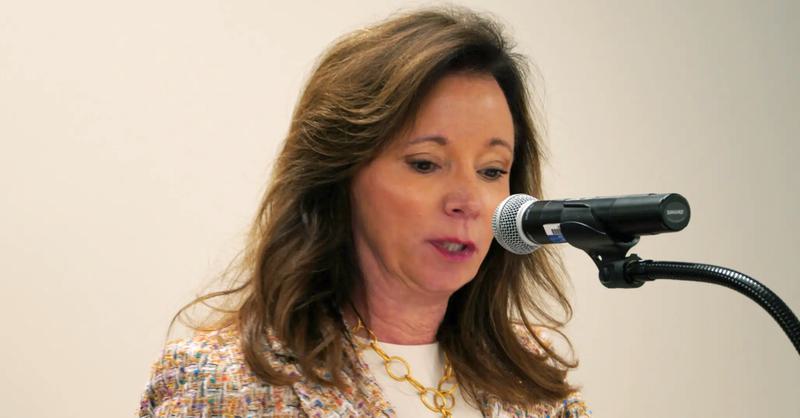Faith, Friction, and Frontiers: How 'Between Borders' Challenges Cultural Divides
Religion
2025-03-28 10:08:12Content
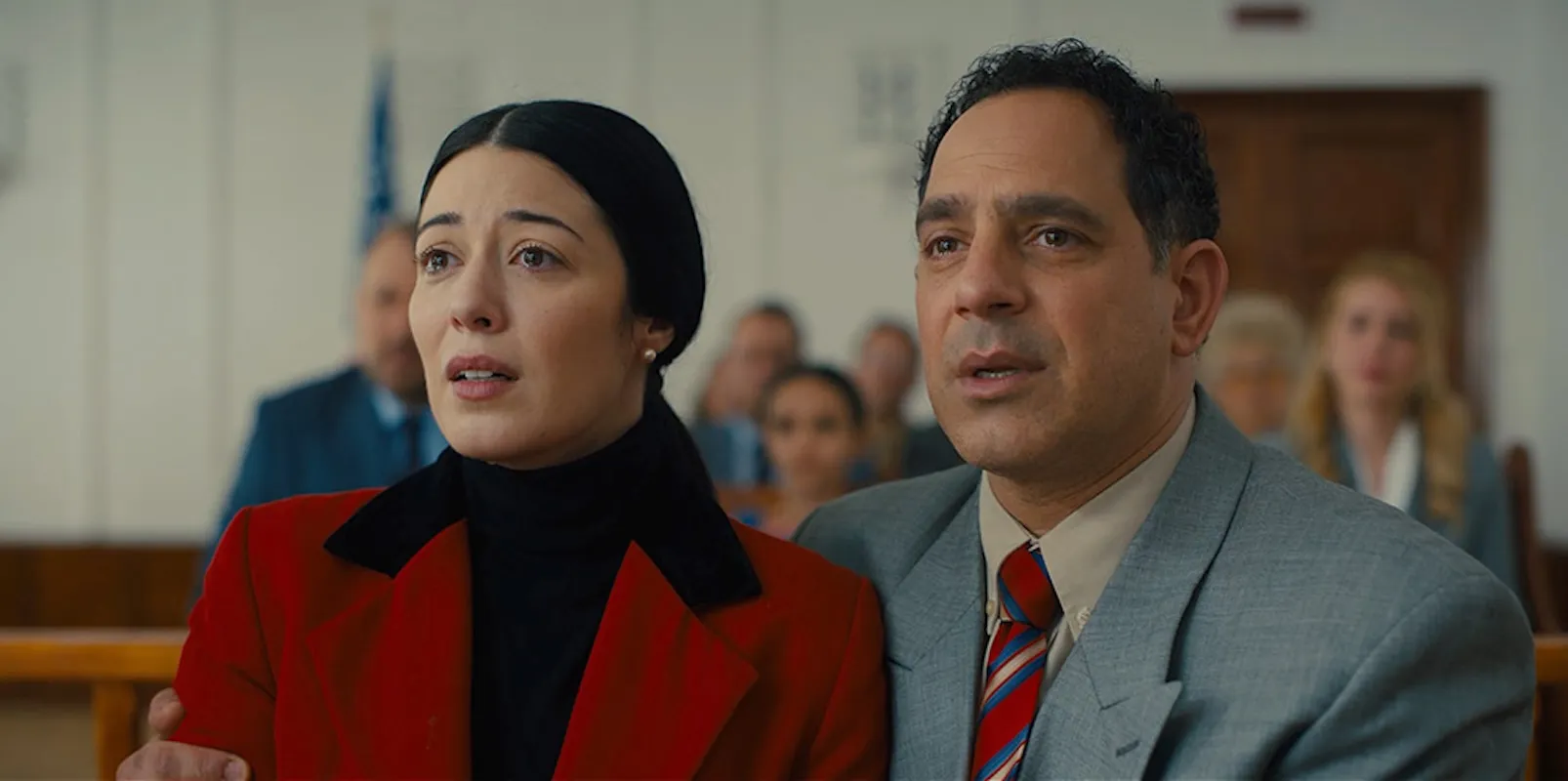
Between Borders: A Powerful Tale of Hope and Resilience
In a gripping narrative that explores the human spirit's triumph over adversity, the documentary film Between Borders, directed by Mark Freiburger, brings to life the extraordinary journey of the Petrosyan family. Their remarkable story of survival and determination unfolds against the backdrop of political upheaval and the challenging process of seeking refuge in the United States.
The film captures the family's harrowing experience as they navigate the complex and often treacherous path to freedom, following the tumultuous period after the fall of a repressive regime. Through intimate storytelling and powerful personal accounts, Between Borders sheds light on the struggles faced by refugees seeking a new beginning in a foreign land.
Freiburger's documentary goes beyond mere historical documentation, offering a deeply human perspective on the refugee experience. It reveals the courage, resilience, and unwavering hope of a family determined to build a better life, despite overwhelming obstacles.
Between Borders is more than just a film—it's a testament to the strength of the human spirit and a poignant reminder of the challenges faced by those seeking safety and opportunity in a new homeland.
Courage Unbound: A Harrowing Journey of Hope and Resilience
In the complex landscape of global migration, some stories transcend mere statistics, revealing the profound human spirit that emerges when families face insurmountable challenges. The narrative of the Petrosyan family represents more than a simple quest for refuge—it embodies the universal human desire for safety, dignity, and opportunity in the face of overwhelming adversity.When Survival Becomes a Desperate Symphony of Courage
The Geopolitical Crucible of Displacement
The fall of complex political systems creates seismic shifts in human experiences, transforming ordinary lives into extraordinary journeys of survival. For the Petrosyan family, this transformation was not merely a geographical transition but a profound psychological and emotional metamorphosis. Their story illuminates the intricate challenges faced by refugees navigating treacherous political landscapes, where every decision could mean the difference between hope and despair. The geopolitical context surrounding their exodus was fraught with complexity. Emerging from a region marked by political instability, economic uncertainty, and social fragmentation, the Petroysans embodied resilience in its most raw and unfiltered form. Their journey was not just about physical relocation but a testament to human adaptability and the fundamental desire to create a meaningful existence.Navigating Bureaucratic Labyrinths of Asylum
Seeking refugee status is akin to traversing an intricate maze designed to test human endurance. The United States immigration system represents a labyrinthine process where hope intersects with stringent legal frameworks. For the Petrosyan family, each bureaucratic hurdle was a potential barrier to their dreams of safety and reconstruction. The asylum application process demands more than documentation—it requires a compelling narrative of persecution, vulnerability, and potential integration. Families like the Petroysans must articulate their experiences with precision, transforming personal trauma into a coherent legal argument that resonates with immigration officials.Psychological Landscapes of Forced Migration
Beyond physical displacement, forced migration carries profound psychological implications. The Petrosyan family's experience reveals the deep emotional terrain traversed by refugees—a landscape marked by loss, uncertainty, and remarkable resilience. Each family member carried not just personal belongings but intangible emotional baggage representing generations of cultural memory. Psychological adaptation becomes a critical survival mechanism. Learning new languages, understanding unfamiliar social norms, and reconstructing identity in a foreign context demands extraordinary mental fortitude. The Petroysans exemplified this adaptive capacity, transforming potential vulnerability into strength.Cultural Reinvention and Community Integration
Integration represents more than geographical settlement; it involves intricate processes of cultural translation and mutual understanding. For refugee families, this journey involves delicate negotiations between preserving cultural heritage and embracing new societal frameworks. The Petroysans' narrative demonstrates how refugee experiences contribute to broader societal enrichment. Each immigrant story introduces nuanced perspectives, challenging existing cultural narratives and expanding collective understanding of human potential.Systemic Challenges in Refugee Resettlement
The pathway to refugee resettlement exposes systemic challenges within immigration frameworks. Complex legal procedures, limited resources, and often unpredictable political climates create significant obstacles for displaced families seeking sanctuary. The Petrosyan family's journey highlights the critical need for compassionate, flexible immigration policies that recognize individual human experiences beyond bureaucratic classifications. Their story becomes a powerful testament to the importance of humanitarian approaches in managing global migration dynamics.Transformative Power of Human Resilience
Ultimately, the Petrosyan family's narrative transcends individual experience, representing a broader commentary on human capacity for hope and regeneration. Their journey illustrates how individuals can transform seemingly insurmountable challenges into opportunities for growth, learning, and profound personal transformation. Their story reminds us that behind every refugee statistic lies a complex, nuanced human experience—a reminder of our shared humanity and the extraordinary potential for resilience that resides within us all.RELATED NEWS
Religion

Behind the Jersey: Dean Wade's Cultural Roots and Personal Journey Unveiled
2025-03-18 08:21:47
Religion

Faith vs. Regulation: Supreme Court Poised to Broaden Religious Employers' Legal Immunity
2025-03-31 17:55:00
